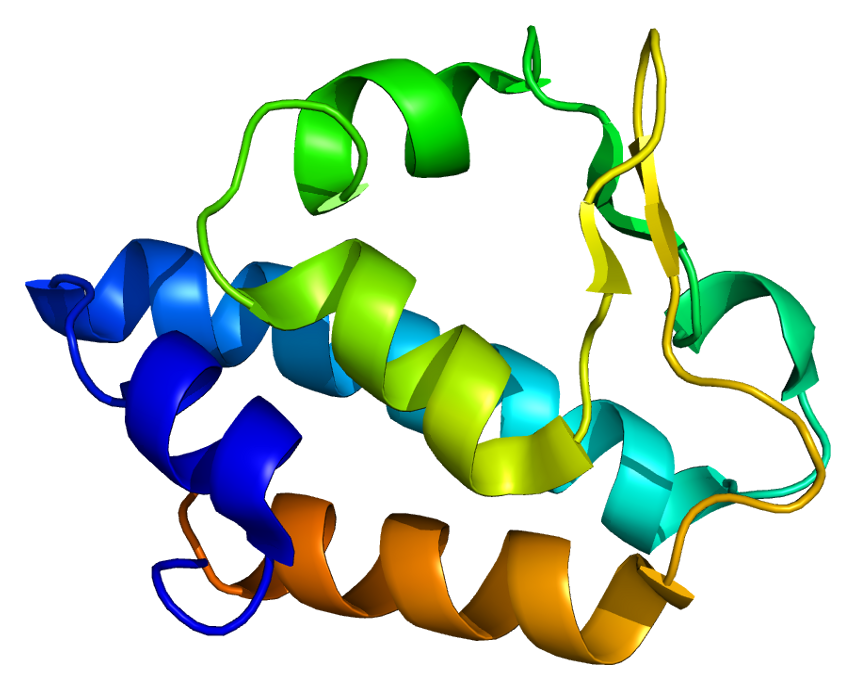Ngly1-Congenital Disorder Of Deglycosylation

NGLY1-congenital disorder of deglycosylation (NGLY1-CDDG) is an inherited condition that affects many parts of the body. The severity of the signs and symptoms varies widely among people with the condition.
Individuals with NGLY1-CDDG typically develop features of the condition during infancy. They often have delayed development of speech and motor skills, such as sitting and walking, and weak muscle tone (hypotonia). Many affected individuals have movement abnormalities, such as uncontrolled movements of the limbs (choreoathetosis), and some develop seizures that are difficult to treat. Individuals with NGLY1-CDDG may also have problems with liver function. Some affected individuals have eye abnormalities, including degeneration of the nerves that carry information from the eyes to the brain (optic atrophy) and changes in the light-sensing tissue at the back of the eye (the retina). A reduction or absence of tears (hypolacrima or alacrima) is a common feature of NGLY1-CDDG.
Frequency
NGLY1-CDDG is a rare disorder. At least 46 individuals with the condition have been described in the medical literature.
Causes
NGLY1-CDDG is caused by mutations in the NGLY1 gene. The enzyme produced from this gene, called N-glycanase 1, helps cells get rid of abnormal proteins. It removes chains of sugars (glycans) from misfolded proteins through a process called deglycosylation, which is thought to be an essential step for certain abnormal proteins to be broken down. The gene mutations that cause NGLY1-CDDG impair production of the N-glycanase 1 enzyme, resulting in a severe reduction or absence of the enzyme's function. Without the removal of glycans, the misfolded proteins cannot be broken down. It is thought that the abnormal proteins accumulate and form clumps (aggregates) in cells. These aggregates may damage cells in the brain, liver, and eyes, leading to the signs and symptoms of NGLY1-CDDG.
Learn more about the gene associated with NGLY1-congenital disorder of deglycosylation
Inheritance Pattern
This condition is inherited in an autosomal recessive pattern, which means both copies of the gene in each cell have mutations. The parents of an individual with an autosomal recessive condition each carry one copy of the mutated gene, but they typically do not show signs and symptoms of the condition.